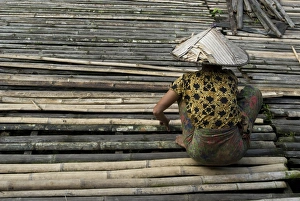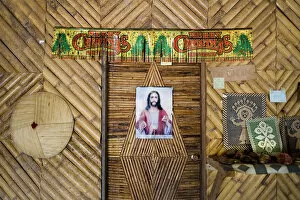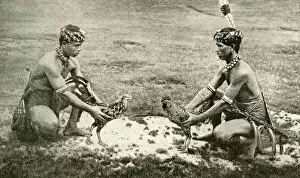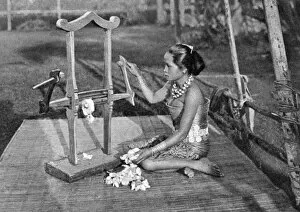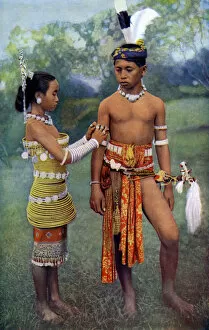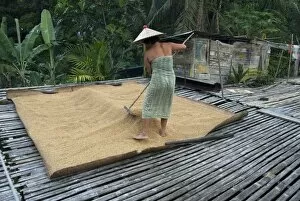Iban Collection
The vibrant culture of the Iban people, nestled along the Lemanak River in Sarawak, Borneo, Malaysia, is a tapestry woven with rich traditions and skilled craftsmanship
All Professionally Made to Order for Quick Shipping
The vibrant culture of the Iban people, nestled along the Lemanak River in Sarawak, Borneo, Malaysia, is a tapestry woven with rich traditions and skilled craftsmanship. In their bamboo longhouses, an Iban tribeswoman diligently mends the verandah floor, ensuring its durability for generations to come. As we venture deeper into this enchanting region of Southeast Asia, we encounter Sea Dayak girls adorned in colorful attire that reflects their cultural heritage. Their radiant smiles mirror the warmth and hospitality that permeate these lands. Borneo's diverse population comes alive as we meet four individuals who embody the spirit of this captivating place. Each face tells a unique story rooted in history and shared experiences within this lush landscape. Ceremonial cloths known as Pua sungkit from 19th-century Indonesia captivate our attention with intricate designs crafted by unknown hands. These textiles serve as a testament to the artistic prowess passed down through generations. Similarly, Pua kombu from Malaysia showcases another facet of indigenous creativity; its origins shrouded in mystery yet exuding undeniable beauty. The threads interwoven on these fabrics speak volumes about cultural identity and ancestral pride. Intriguingly fierce Sea Dayak warriors stand tall against adversity while protecting their land and loved ones. Their unwavering determination echoes throughout Borneo's dense jungles and serves as a reminder of resilience ingrained within these communities. Witnessing a Sea Dayak woman skillfully weaving brings us closer to understanding the meticulous artistry behind each masterpiece created by hand. With every thread carefully intertwined, she breathes life into her creations - tangible expressions of her heritage. Beside her stands another remarkable woman engaged in making thread – an essential element connecting past traditions with future aspirations. Her dedication ensures that ancient techniques are preserved amidst modernity's relentless march forward.

